Examining the concept of hyperreality and its implications for understanding quality and reality. Definition of hyperreality, its relationship with the MoQ, and the influence of symbols and simulations on perception.
Continue reading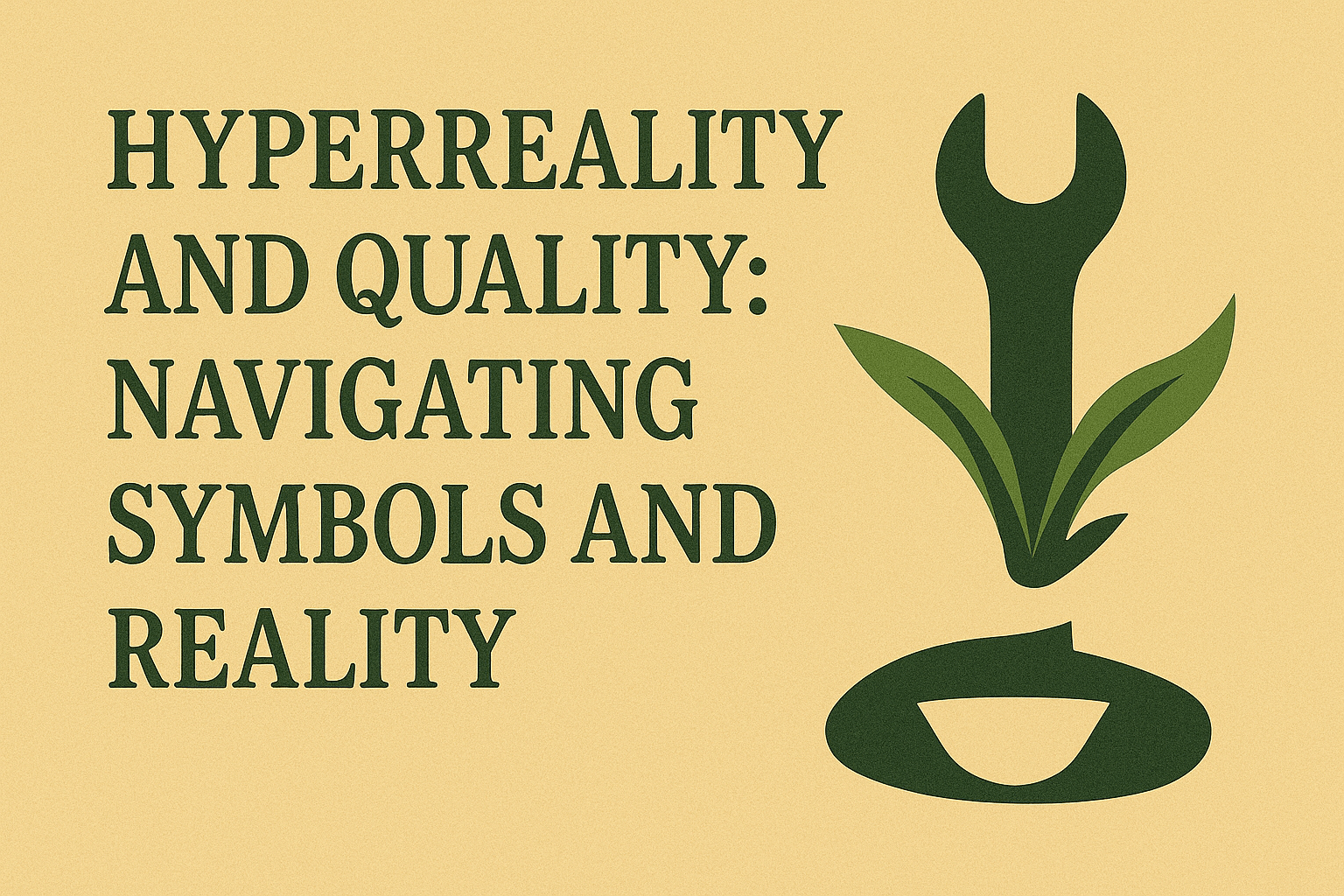

Examining the concept of hyperreality and its implications for understanding quality and reality. Definition of hyperreality, its relationship with the MoQ, and the influence of symbols and simulations on perception.
Continue reading
Exploring how the meticulous attention to detail characteristic of Asperger’s Syndrome aligns with Pirsig’s concept of quality. Characteristics of Asperger’s Syndrome, connection to static quality, and the impact of detailed perception on understanding quality.
Continue reading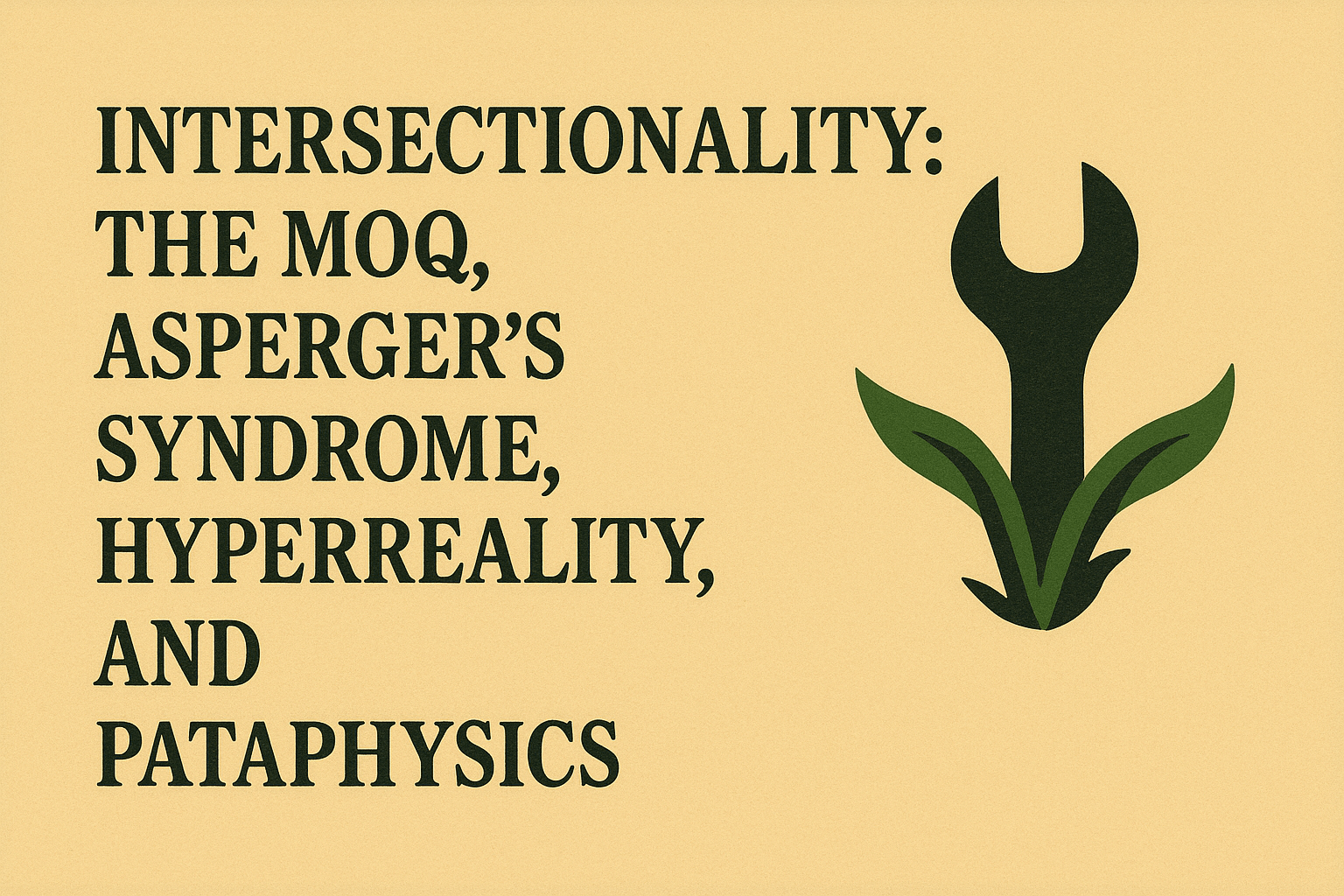
An article exploring the intersections of Robert Pirsig’s Metaphysics of Quality (MOQ), Asperger’s Syndrome, concepts of symbolism in Jean Baudrillard’s Hyperreality, and Alfred Jarry’s Pataphysics.
Continue reading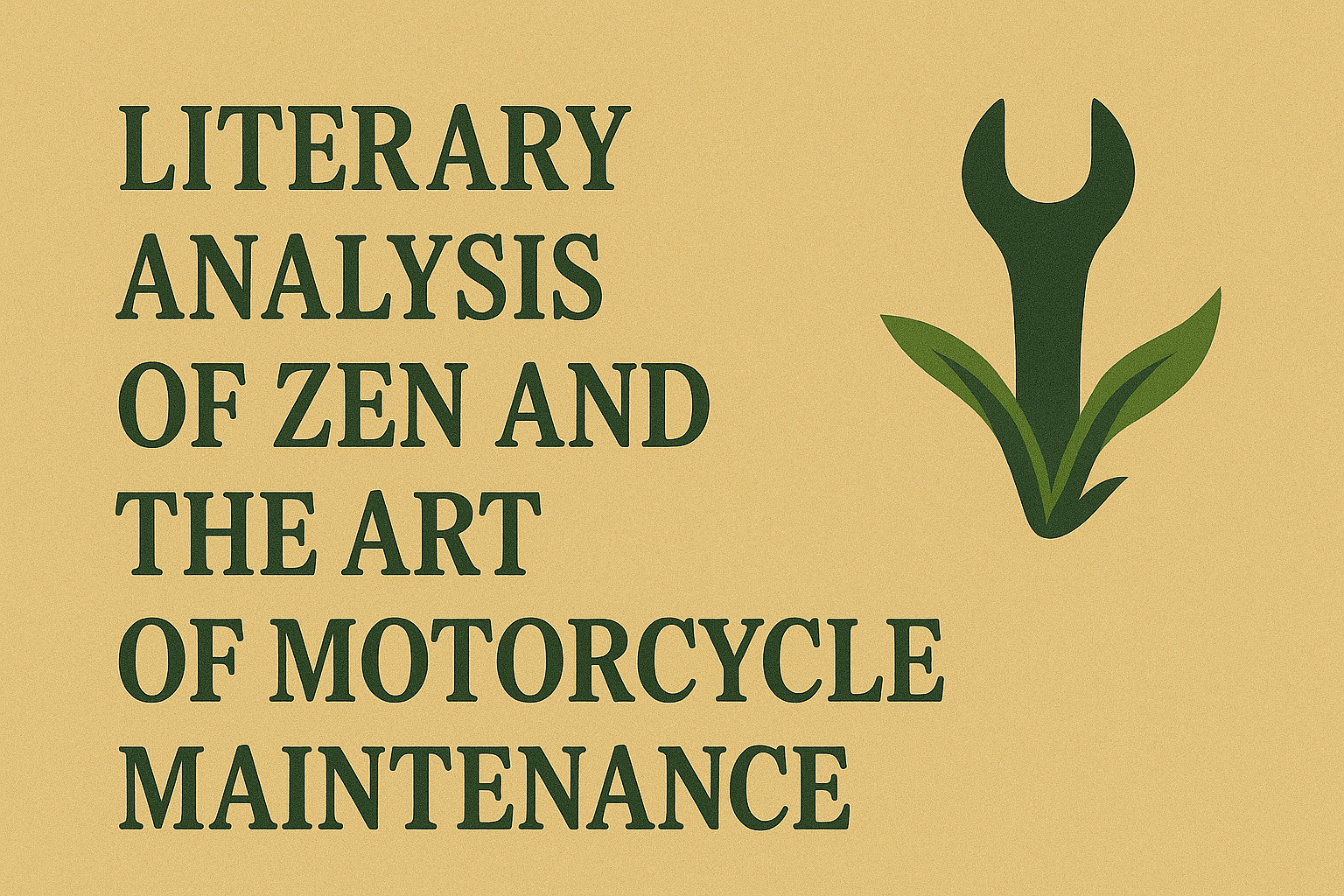
A literary analysis of Pirsig’s seminal work, focusing on its narrative structure, philosophical themes, and its impact on readers and culture.
Continue reading
Examining the spiritual implications of the Metaphysics of Quality (MOQ), including its connections to Eastern philosophies and its potential to foster a deeper sense of meaning and purpose.
Continue reading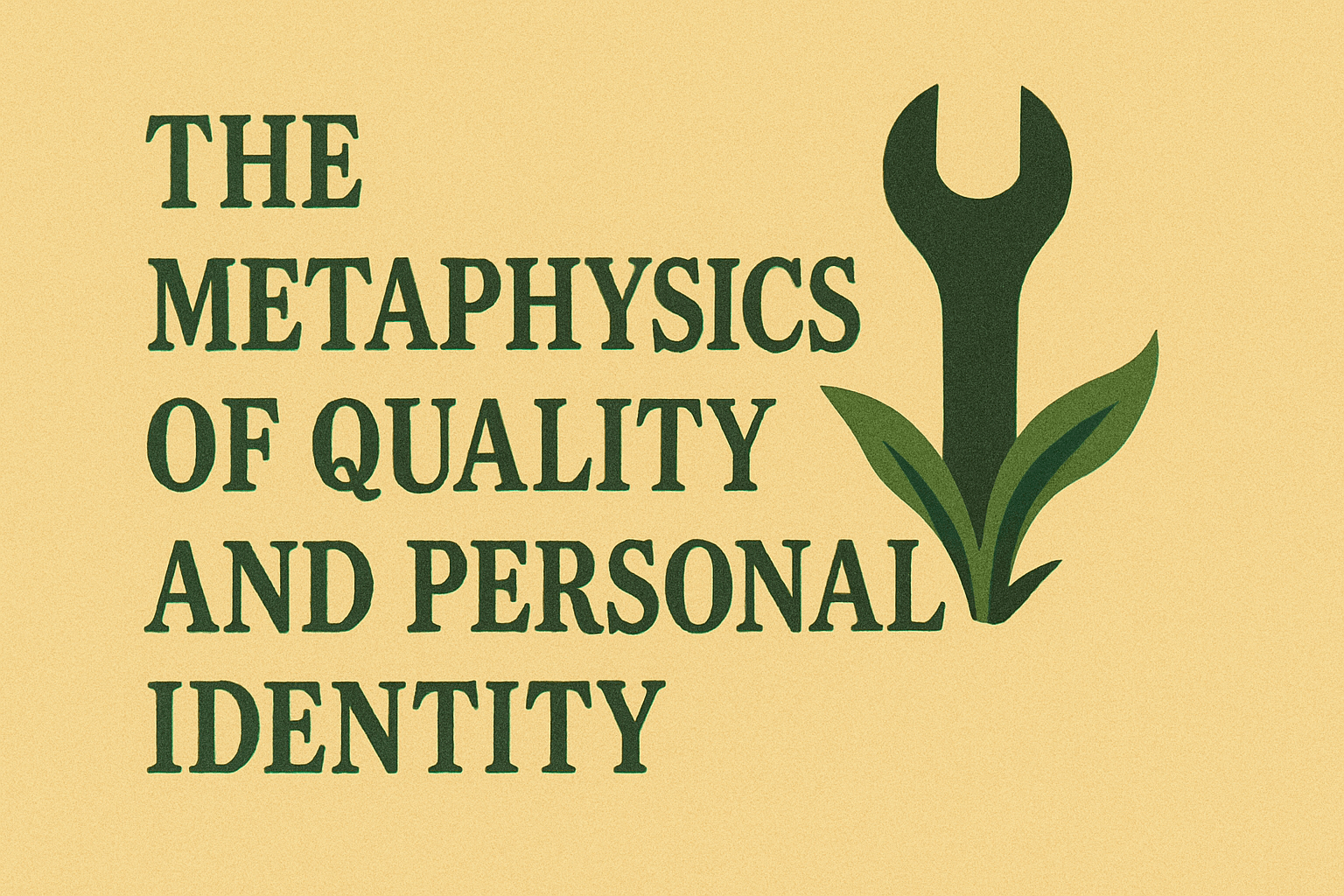
Exploring how the concept of quality shapes personal identity and self-understanding, integrating Pirsig’s ideas with contemporary psychology and self-help practices.
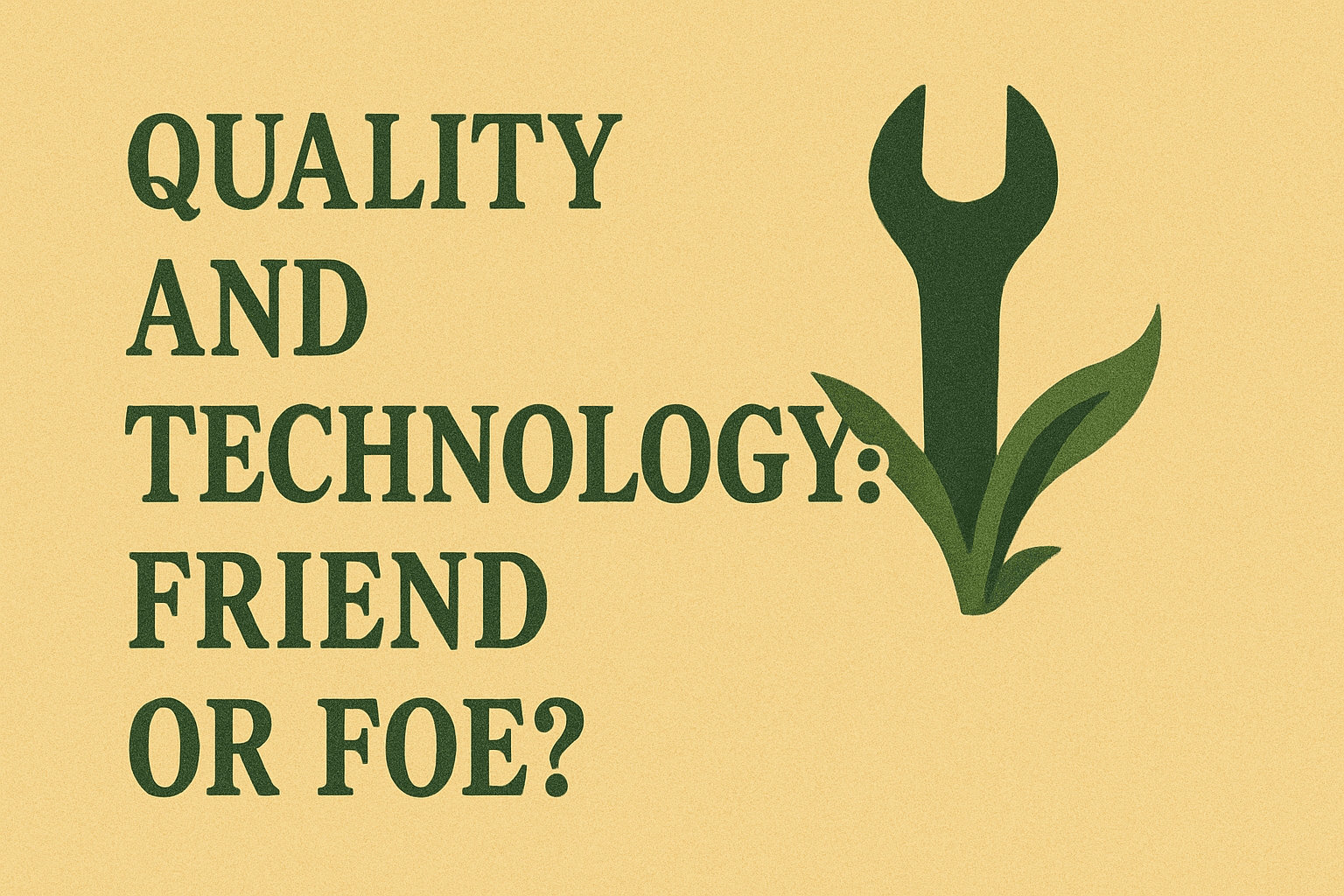
Discussing the impact of technological advancements on quality, balancing the benefits of innovation with the potential loss of craftsmanship and human connection.
Continue reading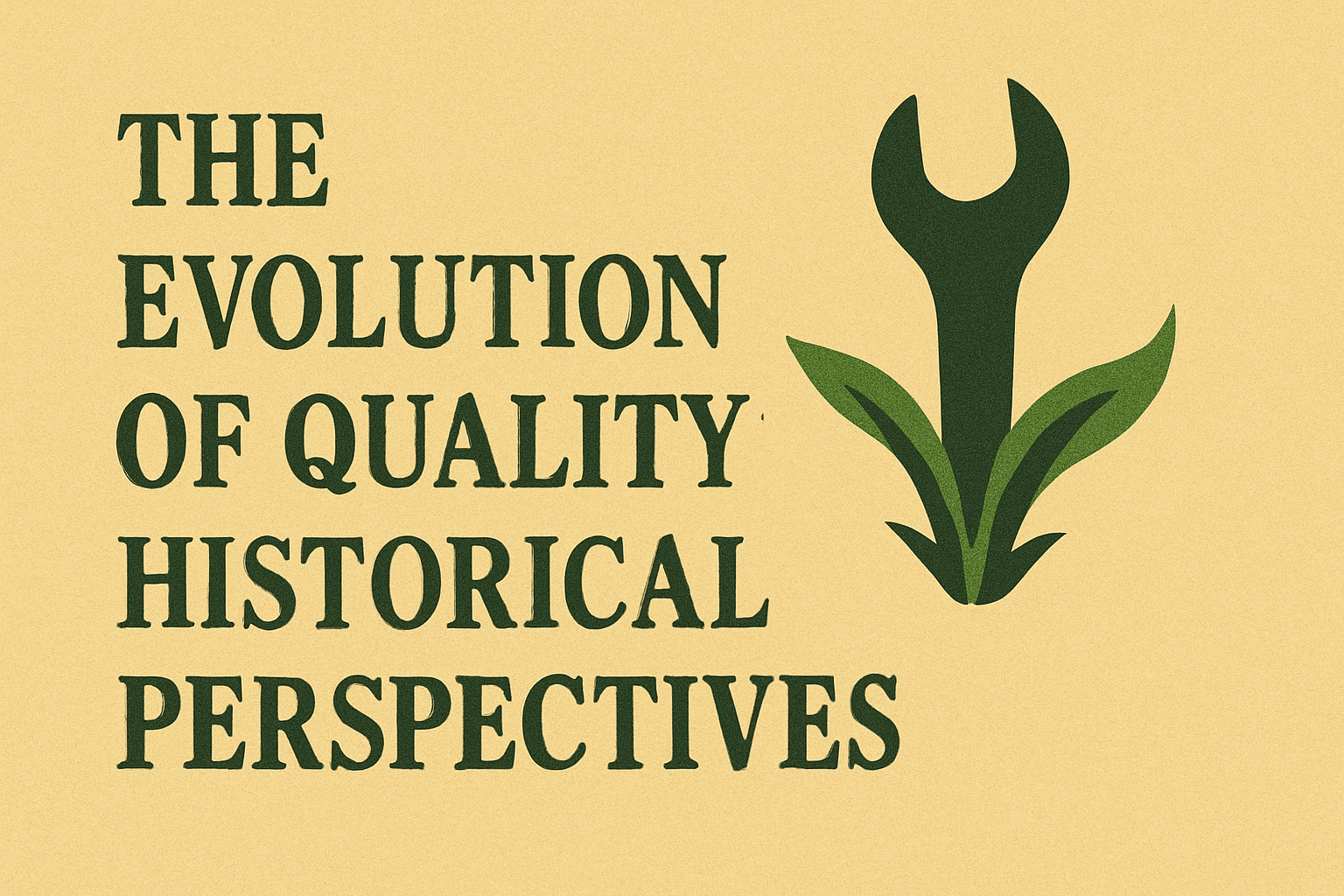
Tracing the historical development of the concept of quality in philosophy, from ancient Greek philosophy to Pirsig’s modern reinterpretation.
Continue reading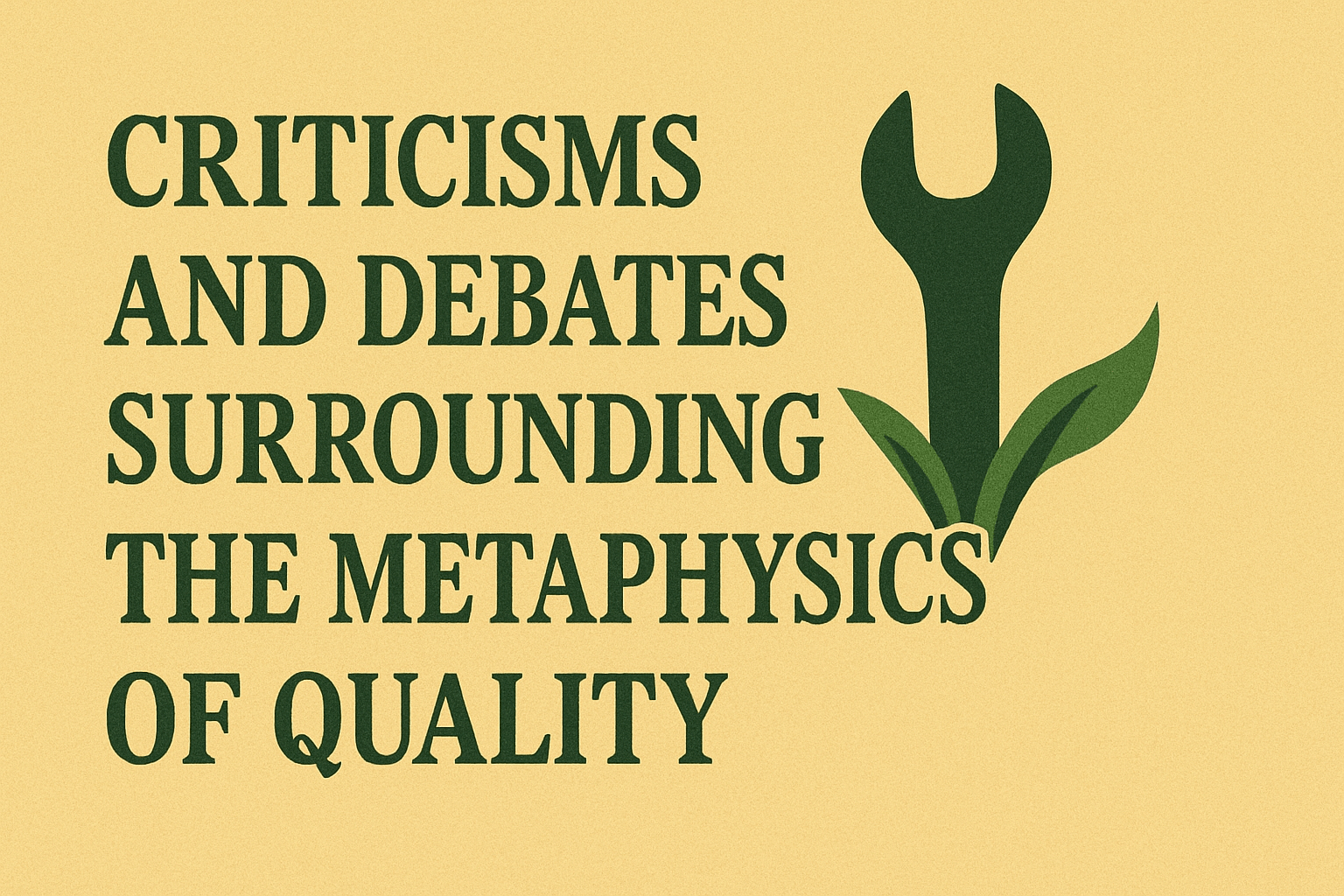
An exploration of the criticisms and debates that Pirsig’s work has generated, including discussions on its coherence, applicability, and philosophical rigour.
Continue reading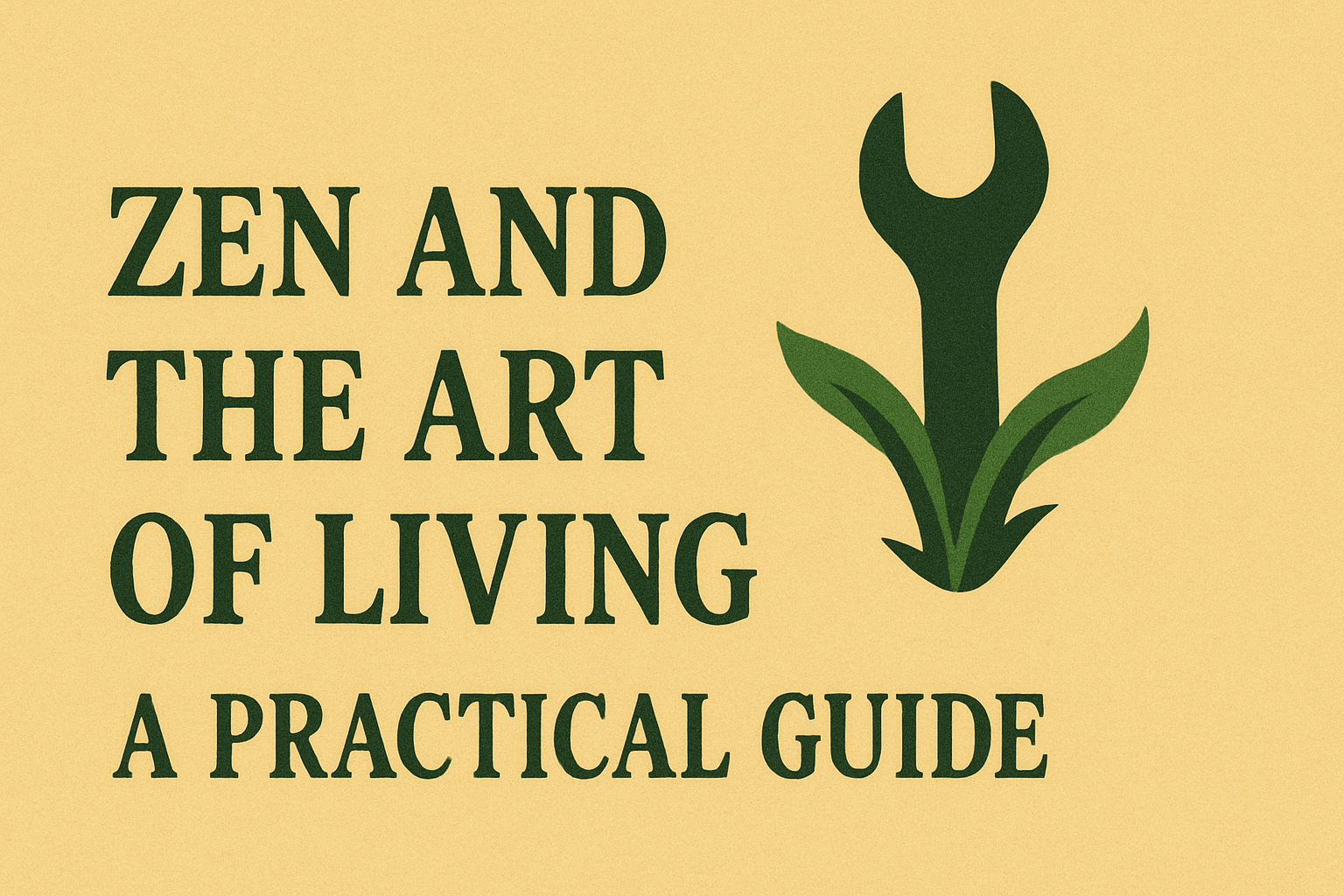
A practical guide to integrating the Metaphysics of Quality into daily living, drawing from Zen practices and Pirsig’s philosophical insights.
Continue reading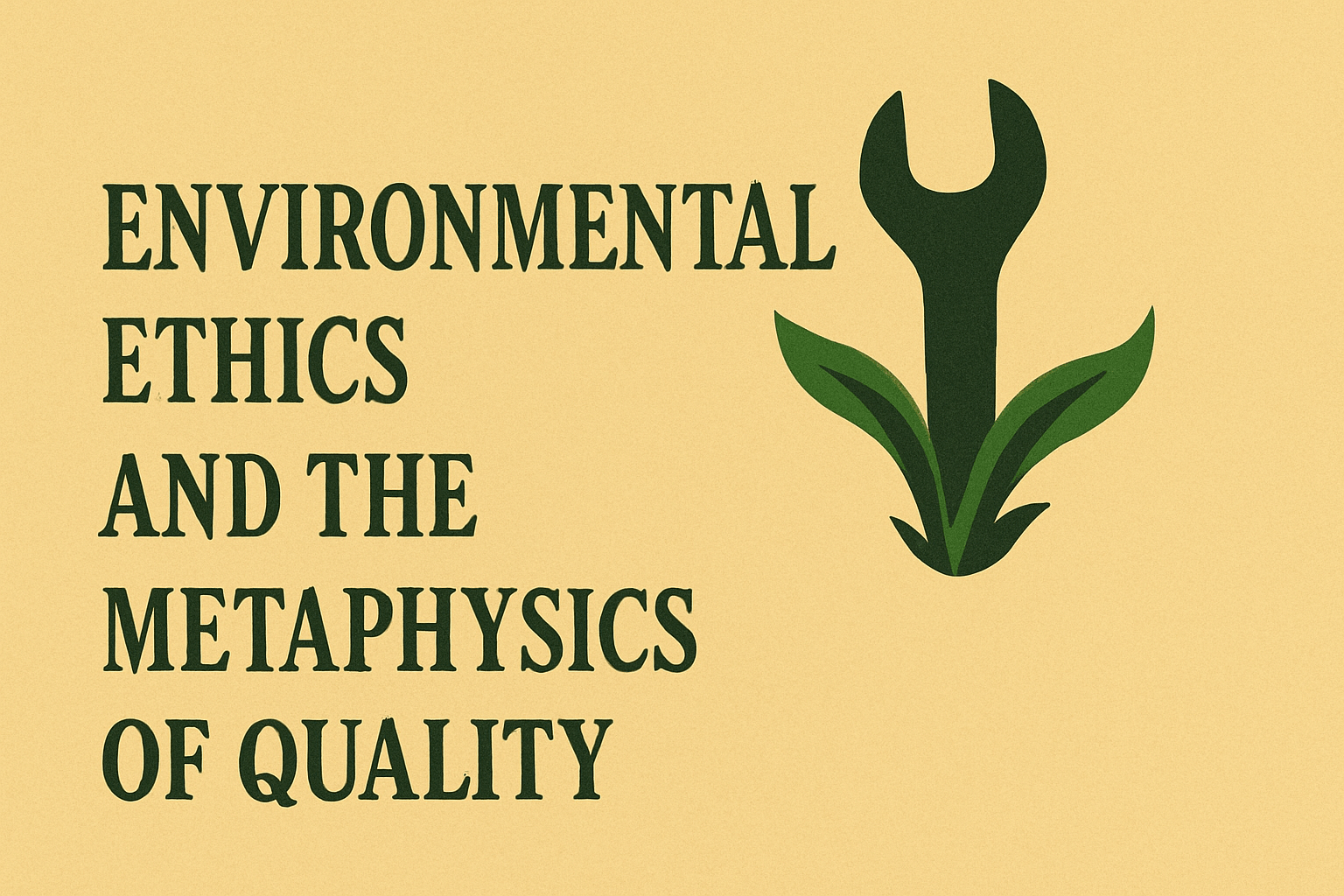
Analyzing how Pirsig’s philosophy can contribute to environmental ethics, promoting sustainable living and respect for the natural world through the pursuit of quality.
Continue reading
An article discussing how Pirsig’s ideas can transform educational approaches, emphasizing the importance of quality in teaching methods, curriculum development, and student engagement.
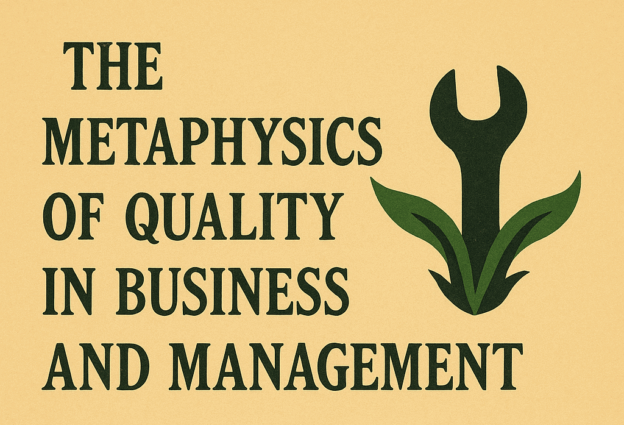
Exploring how the principles of quality can be applied in business settings, focusing on customer satisfaction, product development, and ethical management practices.
Continue reading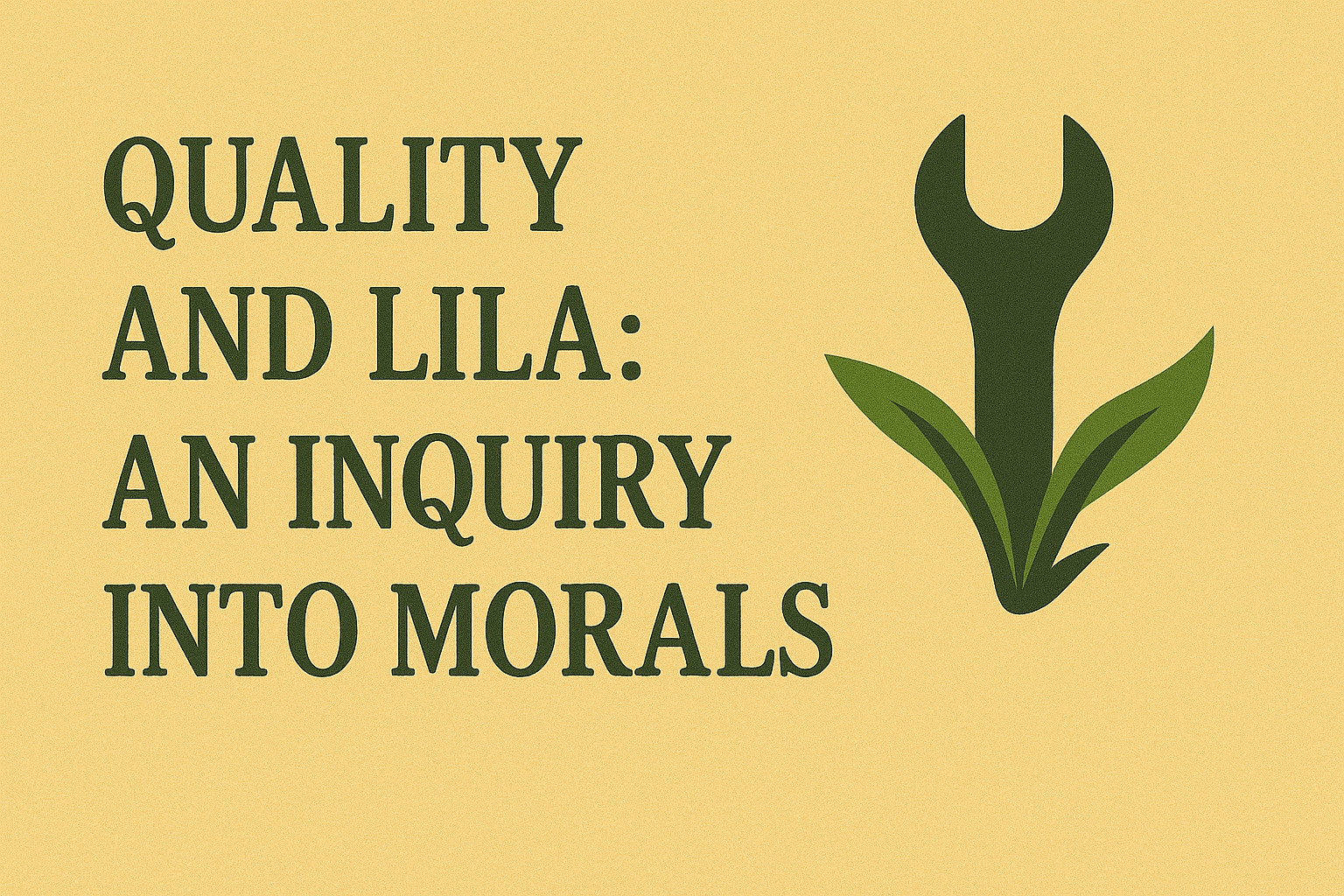
A detailed look at how Pirsig uses trip with Lila as a metaphor for understanding and appreciating quality in life, and how it builds and blends technical precision with aesthetic appreciation over Zen and the Art of Motorcycle Maintenance.
Continue reading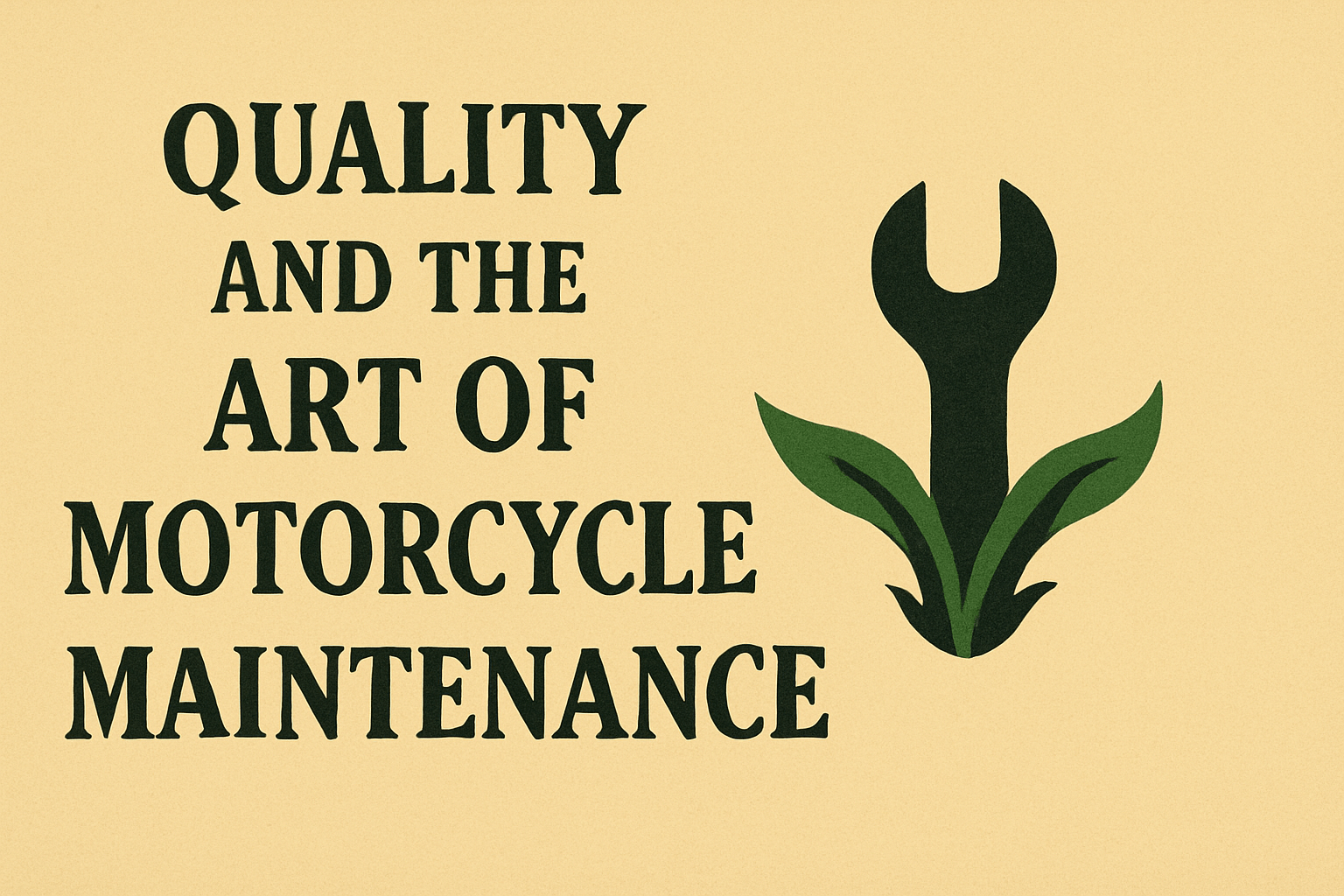
A detailed look at how Pirsig uses the maintenance of motorcycles as a metaphor for understanding and appreciating quality in life, blending technical precision with aesthetic appreciation.
Continue reading
An examination of how Pirsig’s Metaphysics of Quality has influenced contemporary philosophical thought and its intersections with other philosophical frameworks.
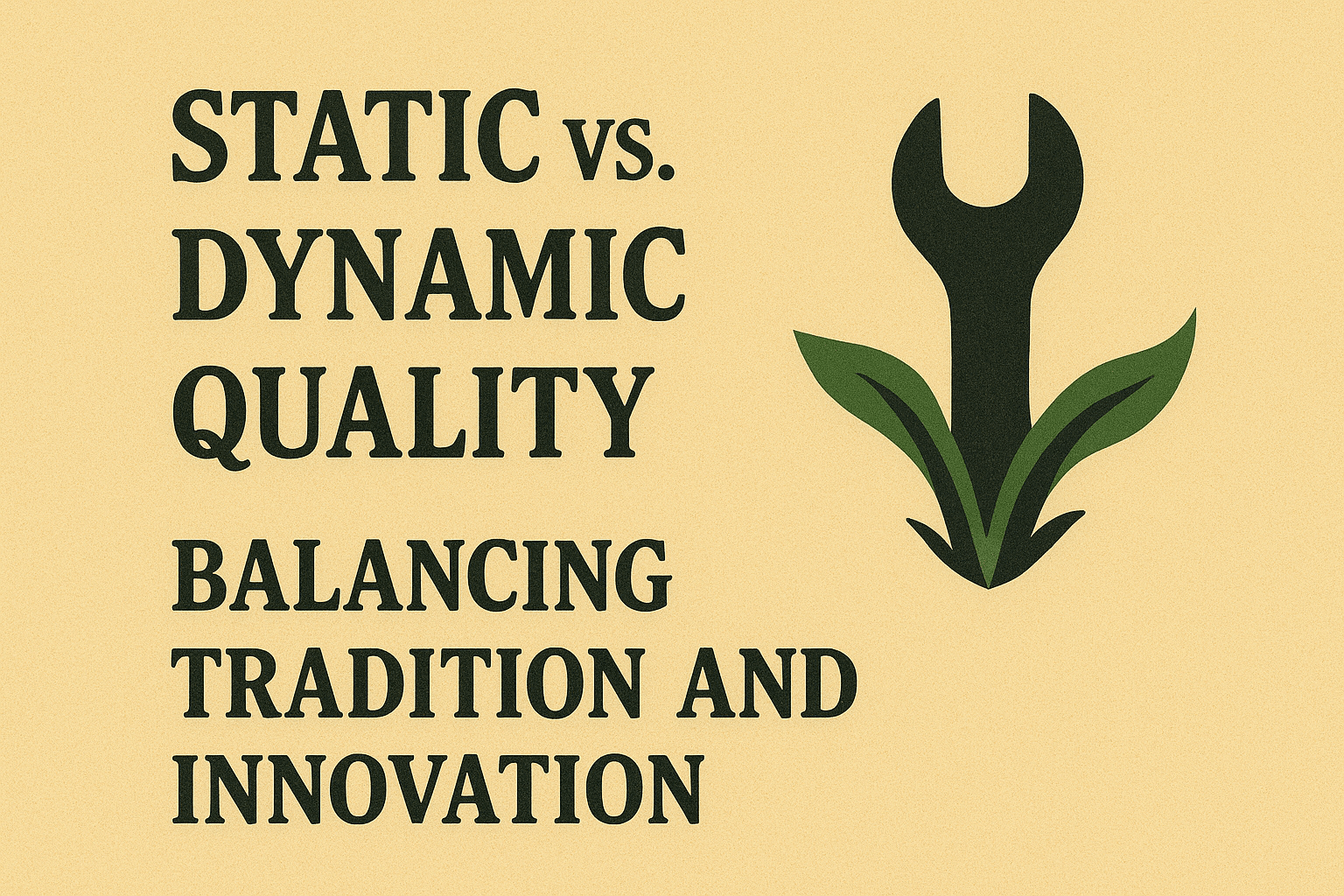
An in-depth analysis of the balance between static quality (tradition, order) and dynamic quality (innovation, change) in various fields, such as technology, education, and art.

This article could explore how Pirsig’s philosophy can be applied to improve daily life, focusing on the practical implications of valuing quality in work, relationships, and personal growth.
Continue reading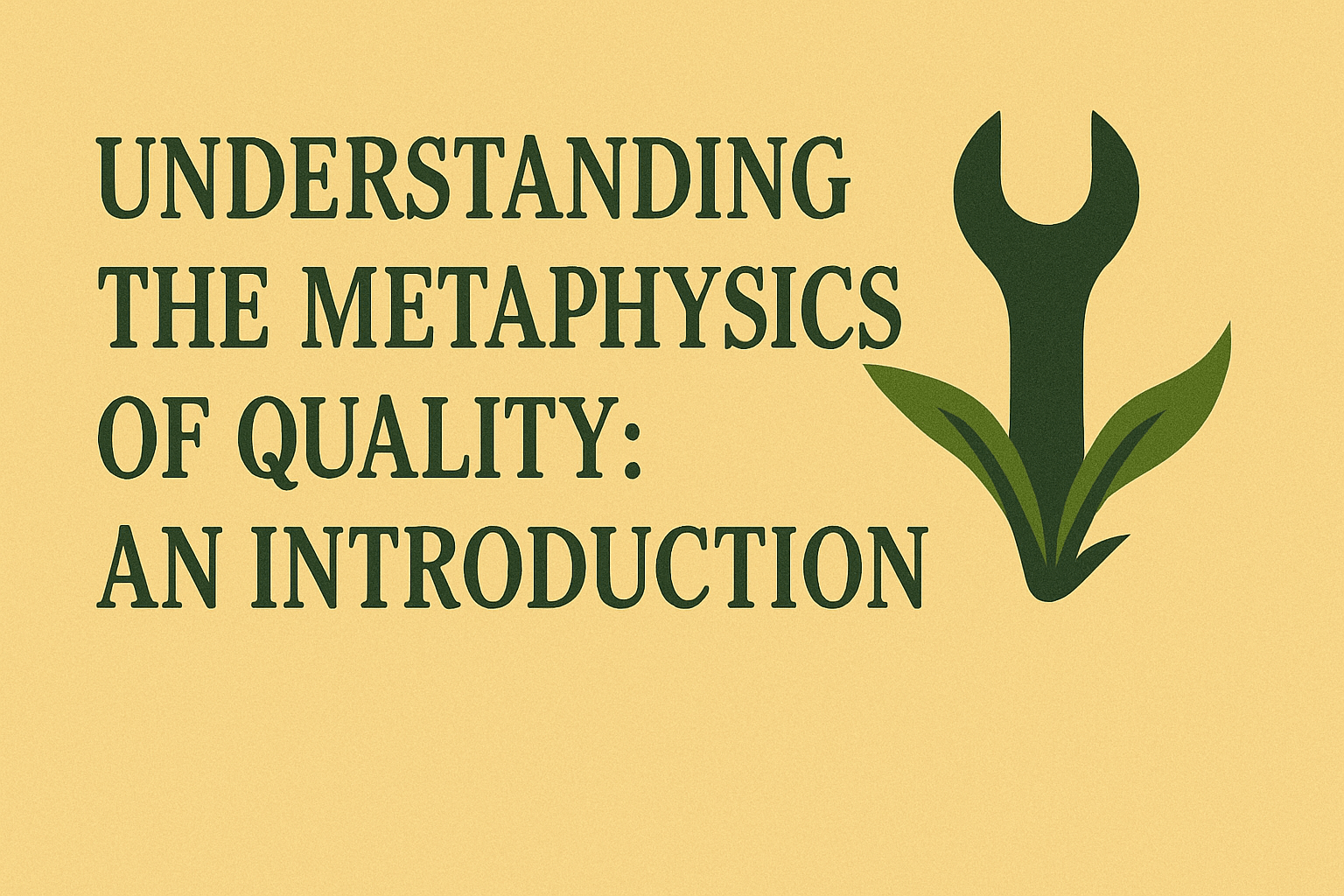
An introductory article explaining the core concepts of the Metaphysics of Quality, including the division between static and dynamic quality, and how Pirsig differentiates between classic and romantic understandings of reality.
Continue reading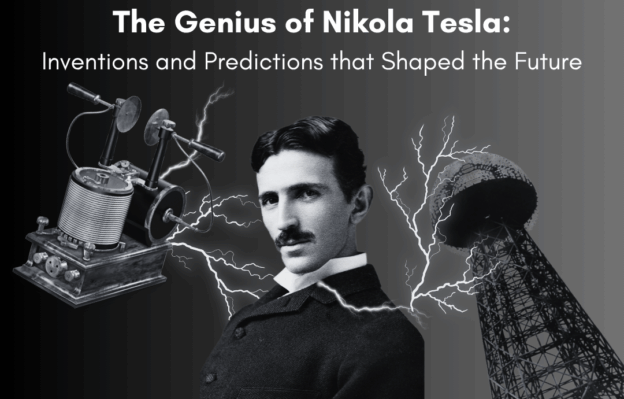
Nikola Tesla made revolutionary contributions to technology, including the AC induction motor, Tesla coil, wireless communication, and remote control. He accurately predicted future innovations like wireless communication, renewable energy, and automation, envisioning concepts similar to modern smartphones. However, he did not foresee advancements such as quantum computing, genetic engineering, space exploration, and virtual reality. Tesla’s work continues to inspire and influence contemporary science and technology, solidifying his legacy as a pioneering inventor and visionary.
Continue reading